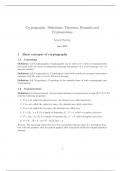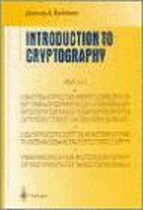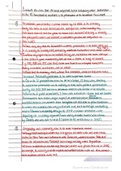Resume
Summary Cryptography: Definitions, Theorems, Remarks and Cryptosystems
- Établissement
- Vrije Universiteit Brussel (VUB)
Dit is de samenvatting van de hoorcolleges Cryptografie. In deze samenvatting werd informatie uit zowel de slides, als eventuele extra notities bij de slides opgenomen. Resultaat: 18/20
[Montrer plus]





